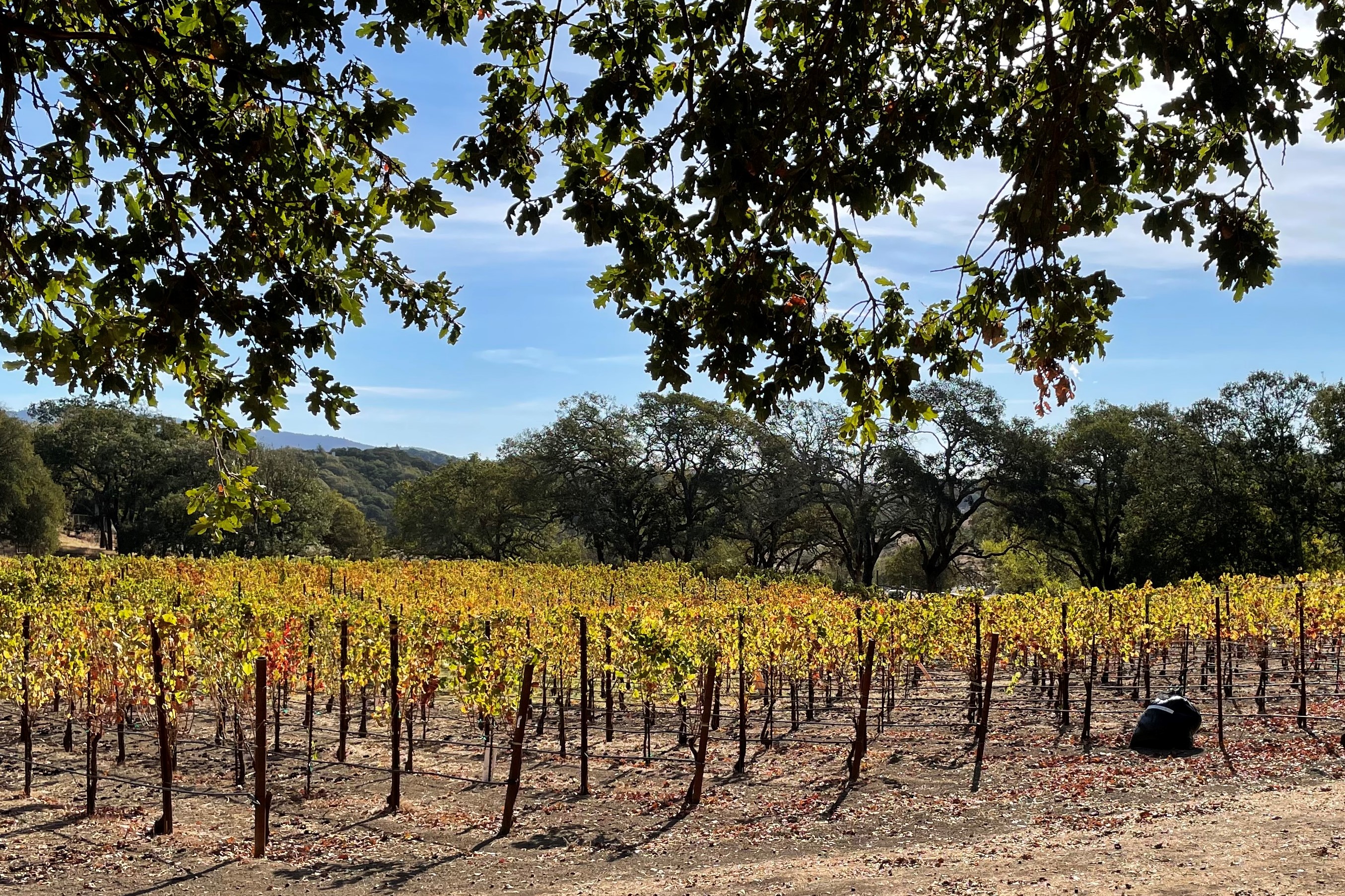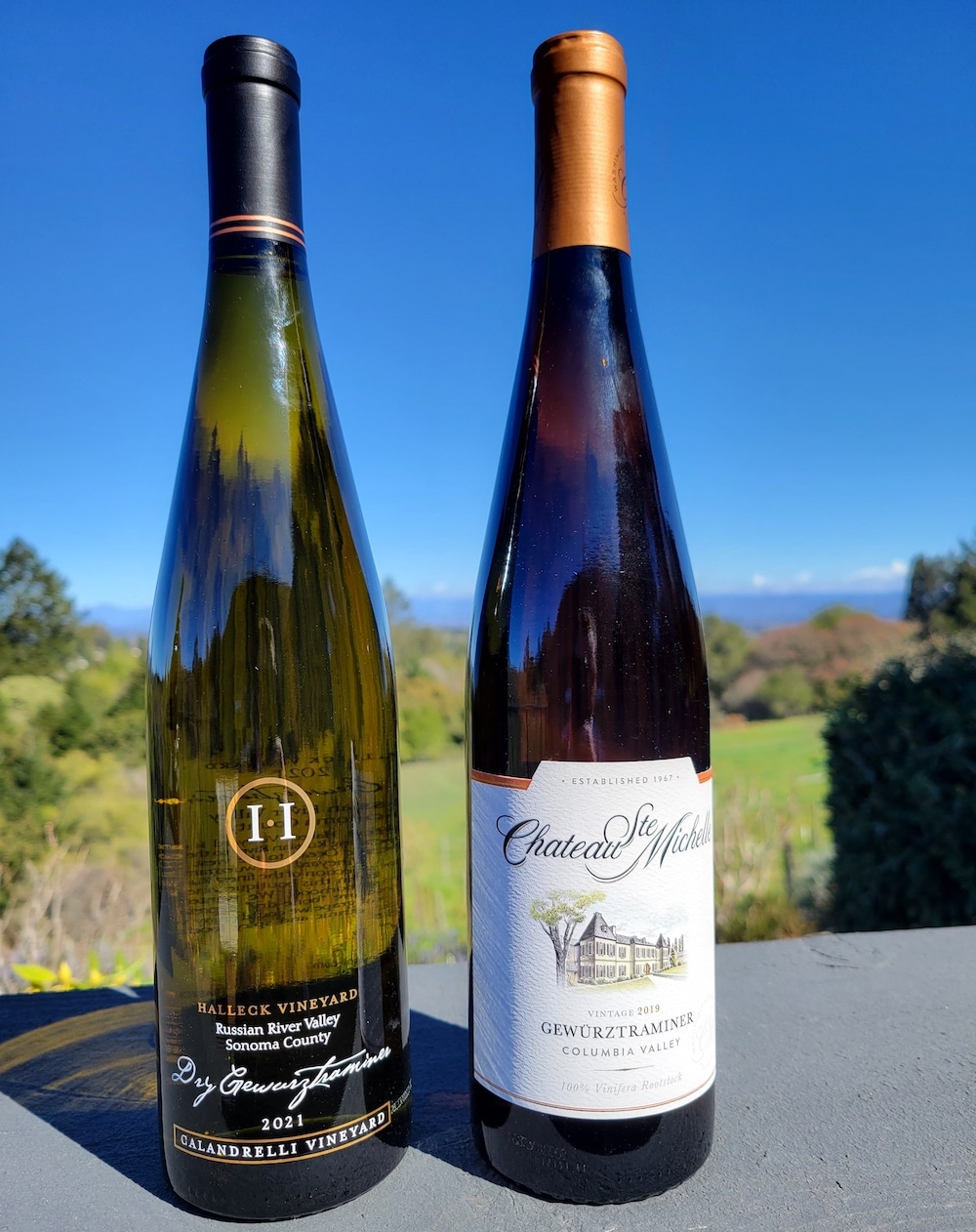Good Wineries For Large Groups In Sonoma Valley - Sebastopol Area Wine Tasting
Good Wineries For Large Groups In Sonoma Valley - Sebastopol Area Wine Tasting
Blog Article
Wineries Ideal For Romantic Getaways - Discovering Sonoma Area Wineries
Wine tasting is an art that requires practice and an understanding of assorted aspects involved in the process. One crucial factor of wine tasting is the event and interpretation of tasting notes, which function a guide for each novices and seasoned connoisseurs. A Guide To Understanding Winery Wine Tasting Notes can improve your wine-tasting experience, making it extra significant and gratifying.

Tasting notes are concise descriptions that seize the essence of a wine’s flavors, aromas, and total character. Usually composed by professional tasters, winery tasting notes supply insights into the nuances of assorted wines. They can help wine enthusiasts understand what to anticipate from a particular bottle. However, tasting notes can differ widely in style and detail primarily based on the author's experience and palate.
Wineries With Estate-Grown Grapes - Exploring Sonoma's Wine Landscape
When you first approach a glass of wine, your senses will begin to engage instantly. The sight, smell, and style of the wine will converge to offer you a whole experience. Tasting notes usually start with the visual evaluation, where the colour of the wine is taken under consideration. Color plays a major position in indicating the wine’s age, grape selection, and even its flavor profile.
After assessing the visual side, the subsequent step entails swirling the wine in the glass. This action aerates the wine, permitting its aromas to awaken. Smelling the wine offers crucial insight into its complexity. The initial sniff can ship a flood of scents which will embody fruity, floral, herbal, or earthy notes. This is commonly the most subjective a part of tasting, as individual experiences can dramatically differ.
In winery tasting notes, descriptors are often categorized into major, secondary, and tertiary aromas. Primary aromas often stem from the grape variety, secondary aromas derive from fermentation processes, and tertiary aromas arise from growing older. Understanding these classes can help you respect the depth of a wine, and so they also provide the vocabulary to specific your experience better.
Wineries Renowned For Cabernet Sauvignon In Sonoma - Unique Wine Tasting Experiences In Sebastopol
Following the olfactory encounter, your focus will shift to the style of the wine. This is the place the primary characteristics—sweetness, acidity, tannins, alcohol—come into play. Tasting notes usually detail these flavors in a number of dimensions, together with the initial assault in your palate to the lingering finish in your tongue. A high-quality wine will present a harmonious steadiness between these elements.
While tasting, it's essential to ponder the body of the wine, which may be described as light, medium, or full. The physique contributes significantly to your total impression, helping you contemplate how the wine pairs with food or whether it stands alone as a sipping wine. Balancing the physique with the other traits will give you a fuller understanding of what the wine has to offer.
The end of the wine, also known as the aftertaste, is another crucial aspect typically included in tasting notes. A long, nice finish usually signifies a higher high quality wine, whereas a short or cloying aftertaste could recommend in any other case. Evaluating the finish can offer additional insight into the wine's complexity and distinction.
Understanding the context of winery tasting notes is also priceless. Tasting notes can provide contextual details about the vineyard's location, climate, and grape-growing practices. This context adds another layer of appreciation for the wine, allowing enthusiasts to connect the sensory experience with its origins, thus enhancing the enjoyment further.
Wine Tasting Trails In Sonoma Valley - Wineries To Visit
Many wineries provide tasting notes on their web sites or labels, typically written in an approachable but informative style. Nonetheless, not all winery tasting notes are find more information created equal. Some could additionally be overly technical, whereas others may prioritize advertising flair over insightful analysis. Learning to navigate these notes can arm you with the data to make knowledgeable selections when deciding on wines.
Participating in tastings at wineries can also deepen your understanding of wine tasting notes. Interacting with knowledgeable staff can give you a more hands-on method to exploring different wines and the language used to describe them. Wineries With A Focus On Syrah. You'll have the opportunity to ask questions, engage in discussions, and probably refine your palate in actual time.
Experimentation is essential for mastering wine tasting notes. As you pattern totally different wines, attempt making your own notes. Focus on describing the wine’s color, aroma, taste, and finish. Over time, you’ll develop a personal vocabulary that resonates along with your sensory experiences. Every note you create will help refine your palate, allowing you to appreciate wines at a deeper level.
Wineries Promoting Wine Club Memberships - Sonoma Wine Tastings
In conclusion, a Guide To Understanding Winery Wine Tasting Notes presents a complete framework for diving into the world of wines. It equips you with the methods and language essential to articulate your experiences. Whether you are a casual drinker or a dedicated aficionado, understanding and utilizing tasting notes can profoundly impact your wine journey. This data not solely enhances your enjoyment but additionally connects you deeply with the wealthy narratives each bottle tells. By embracing this journey, you turn into part of the attractive mosaic of wine culture, the place each sip unveils a model new story waiting to be discovered.
- Wine tasting notes sometimes encompass a variety of sensory descriptions, including aroma, flavor, acidity, physique, and end, permitting tasters to totally recognize the wine's traits.
- To improve your understanding, familiarize yourself with common wine terminology such as "tannins," "oakiness," or "terroir," which can help decipher the notes extra effectively.
- A systematic approach to tasting entails first visually assessing the wine's shade and readability, followed by swirling to release aromas, then inhaling and describing what you experience.
- Taking notes throughout tasting might help determine patterns over time, improving your palate and making it easier to recall preferences for future selections.
- Do Not overlook the affect of food pairings; tasting notes can differ significantly when a wine is enjoyed with complementary flavors, altering notion and delight.
- Pay consideration to the wine’s vintage, as weather conditions in a given 12 months can considerably affect the final product, including another layer to the tasting notes.
- Contemplate the winemaker's style and philosophy, which may shape the wine's profile and impression how its notes evolve with each sip.
- Practicing with completely different grape varieties can broaden your vocabulary; each kind brings distinctive characteristics that may enhance your ability to articulate tasting notes successfully.
- Partaking with wine professionals or attending tasting events can present useful insights, offering a richer context for understanding personal tasting notes.
- Bear In Mind that tasting is subjective; individual preferences and experiences will form one’s interpretation of the same wine, enriching the general enjoyment of wine exploration.
What are wine tasting notes?
Wine tasting notes are descriptive feedback made by tasters in regards to the appearance, aroma, style, and end of a wine. They present an summary of the wine's traits and can help shoppers perceive the style and quality of the wine.
Wineries With Breathtaking Gardens In Sonoma - Top Sonoma Wineries To Visit
Why are tasting notes important when selecting wine?
Tasting notes can guide you in choosing a wine that suits your palate. They provide insights into flavors and aromas, helping you to match wines with food or occasions. Understanding these notes enhances your total wine experience.
How ought to I read wine tasting notes?
(Wineries Known For Handcrafted Wines)
Wineries In Green Valley - Wine Tasting At Sonoma Vineyards
When studying wine tasting notes, take note of the structure: search for descriptions of color, aroma, flavor, and finish. This will allow you to grasp the wine's profile and determine if it aligns together with your preferences.
What phrases generally appear in wine tasting notes?
Widespread phrases include "tannin" (the structure), "acidity" (the crispness), "body" (the weight), and numerous flavor descriptors like "fruity," "earthy," or "spicy." Familiarizing your self with Click This Link these terms can deepen your understanding of wine.
Wineries Featuring Seasonal Wine Events In Sonoma - Top Sonoma Wine Tasting Destinations
Can I create my own tasting notes?
Yes! Writing your own tasting notes can enhance your wine tasting experience. Focus in your observations of style, aroma, and different sensory traits. This personal practice might help you refine your palate over time.
How do I identify the aromas in wine tasting notes?
Wineries Near Sonoma Square - The Beauty Of Sebastopol Wineries
To determine aromas, practice smelling quite so much of scents and associating them with wines. Swirl the wine in your glass to launch its aromas, then take a second to breathe in deeply earlier than identifying any prominent scents.

What is the difference between professional and personal wine tasting notes?
Professional tasting notes could use more technical language and specific terminology, whereas personal tasting notes are subjective and reflect individual experiences. Each are valuable for understanding and enjoying wine, however personal notes could resonate more together with your distinctive tastes.
How can tasting notes enhance my wine appreciation?
Unique Wine Blending Experiences In Sonoma - Scenic Wineries Of Sebastopol
Tasting notes can improve your appreciation by serving to you to grasp and articulate the complexities of wine. They encourage aware tasting and supply a framework for comparing totally different wines, leading to a richer enjoyment of the beverage.
Are there any apps or tools to help with wine tasting notes?
Yes, there are several apps designed to assist customers document and arrange their tasting notes. These tools often offer features like flavor wheel guides and wine database searches, making it simpler to trace your journey via totally different wines. Report this page